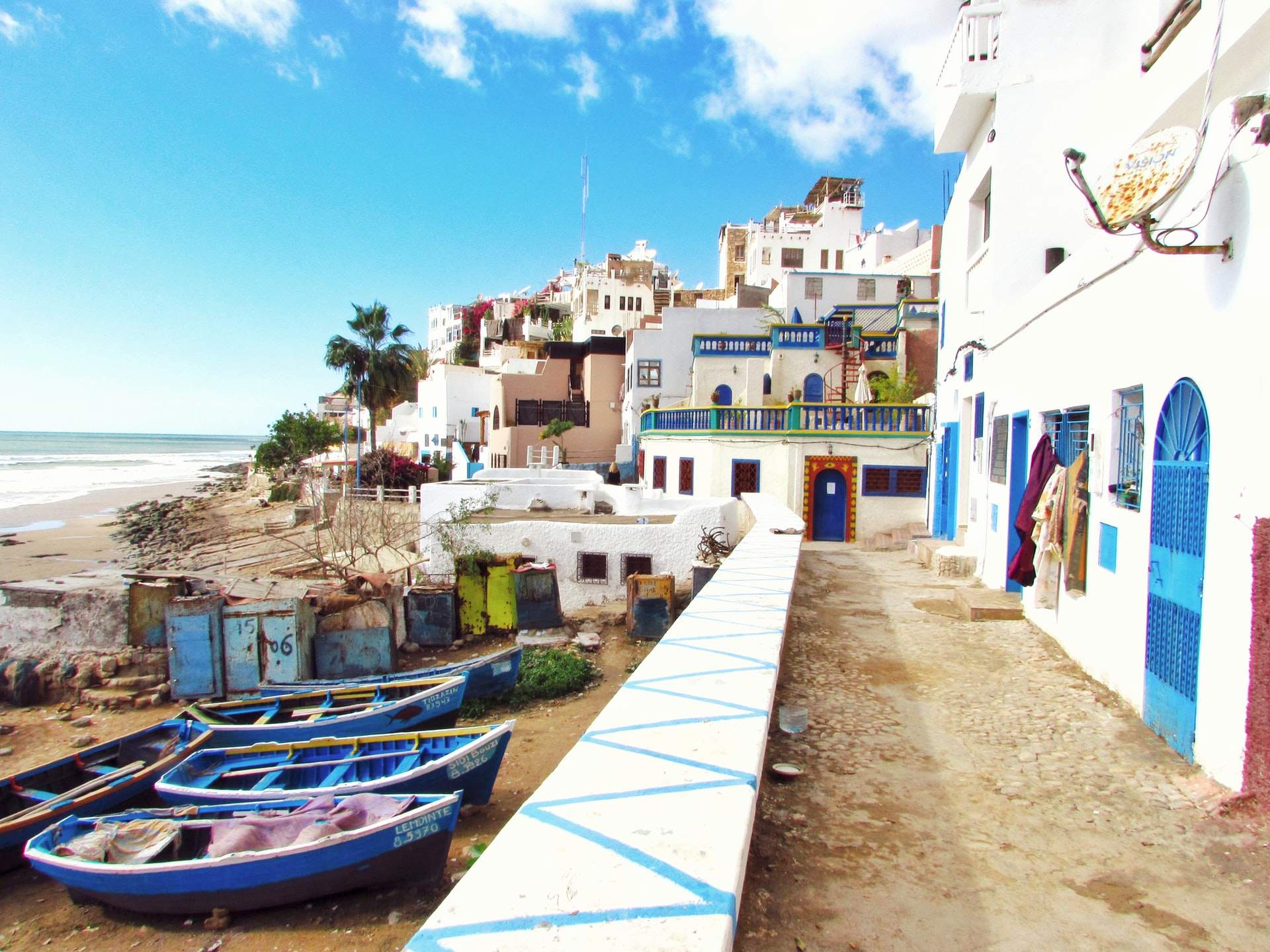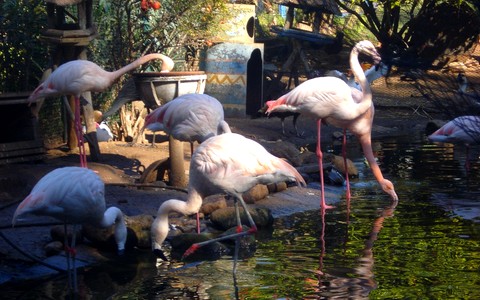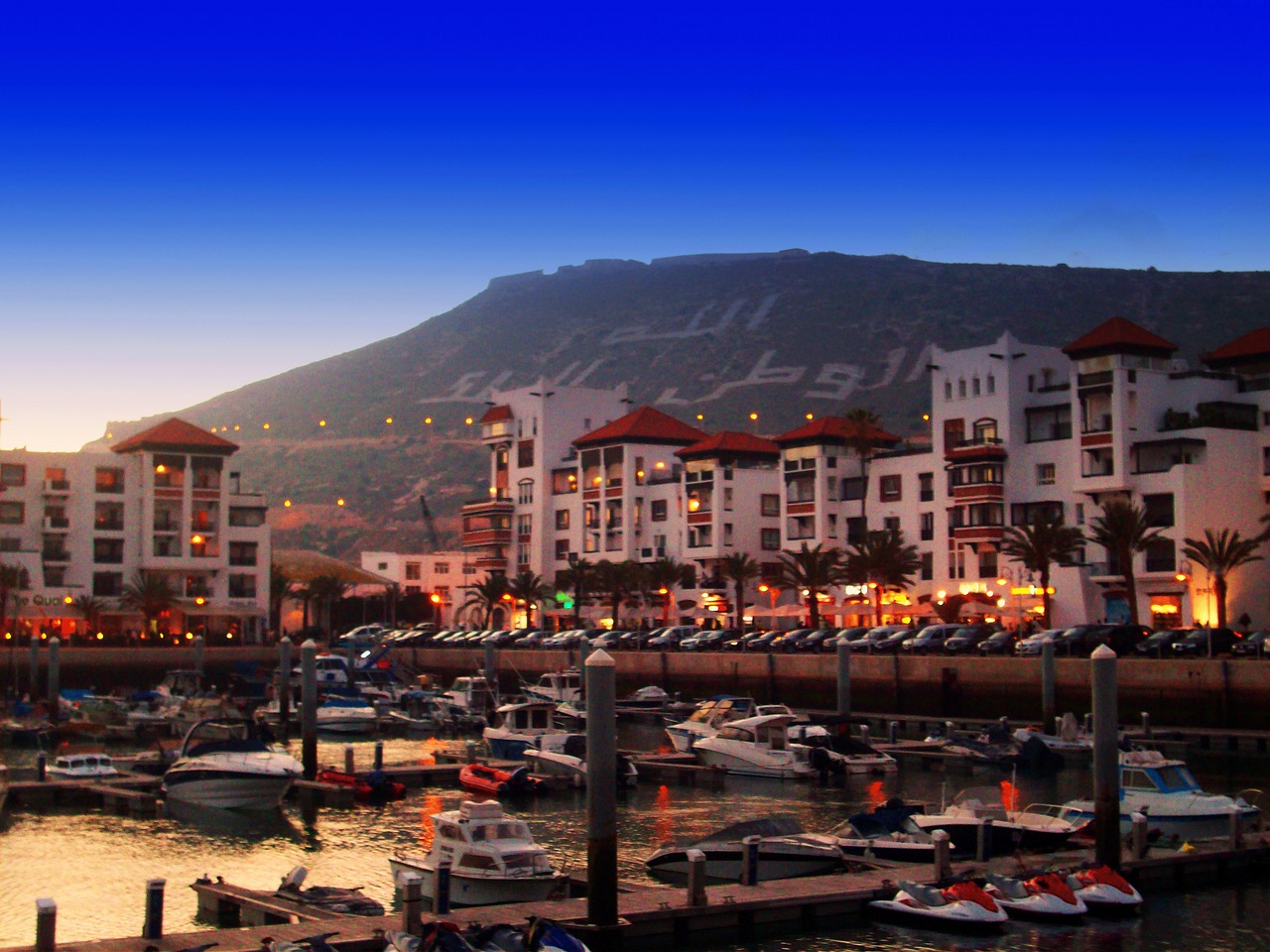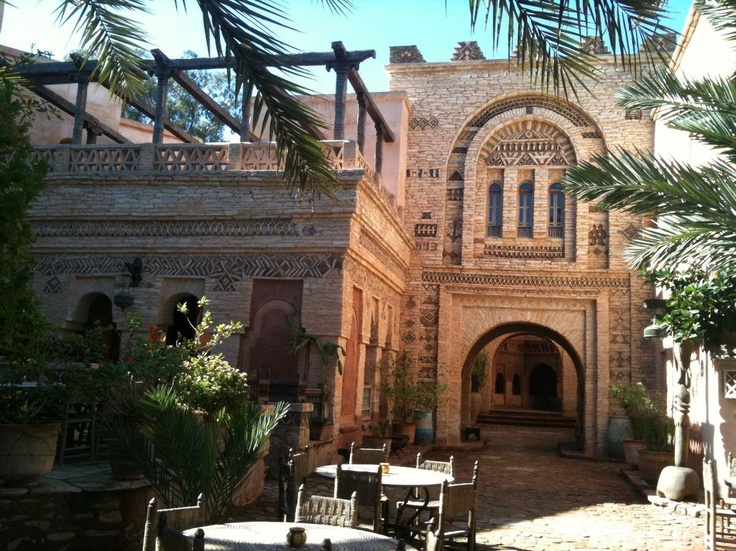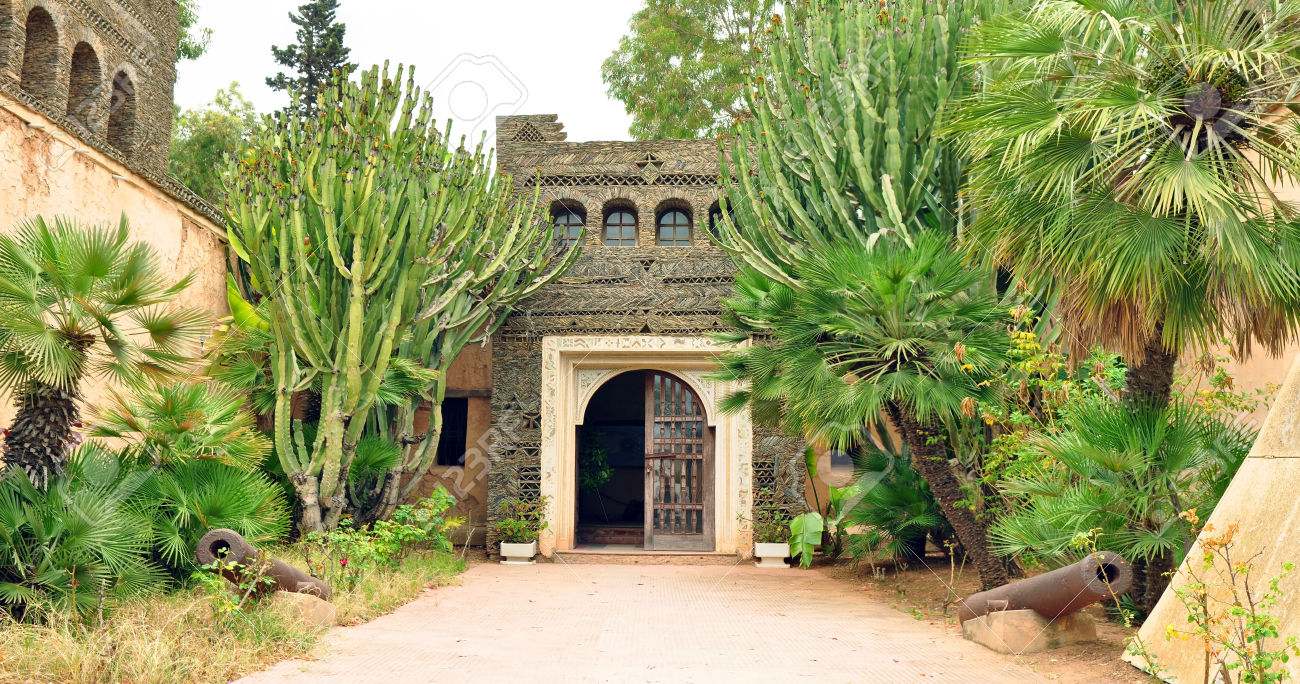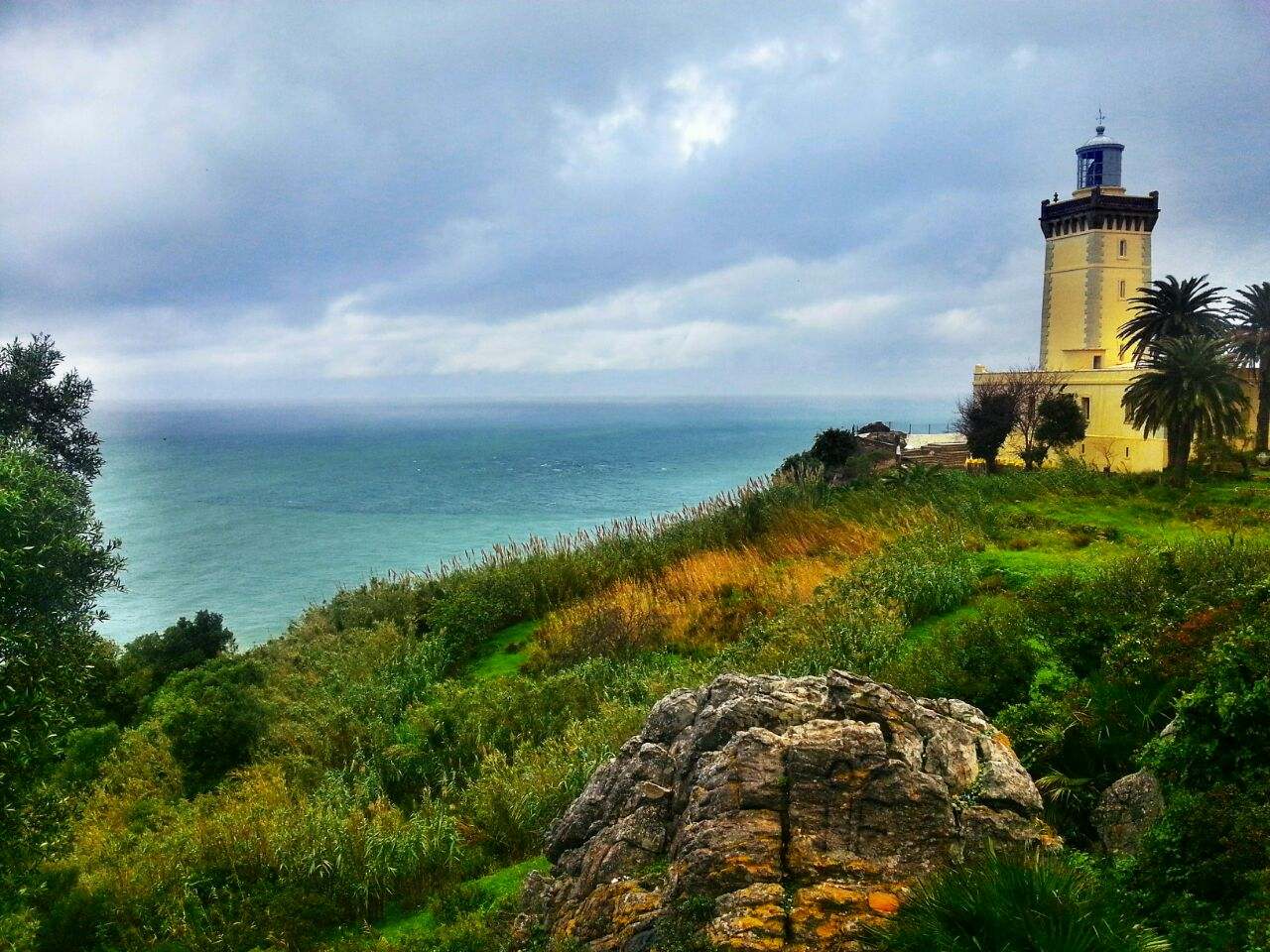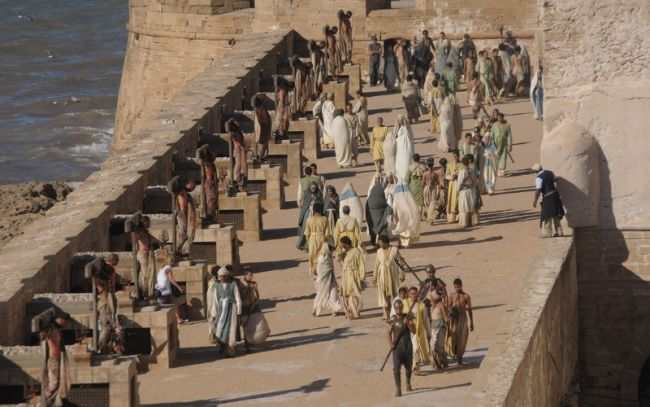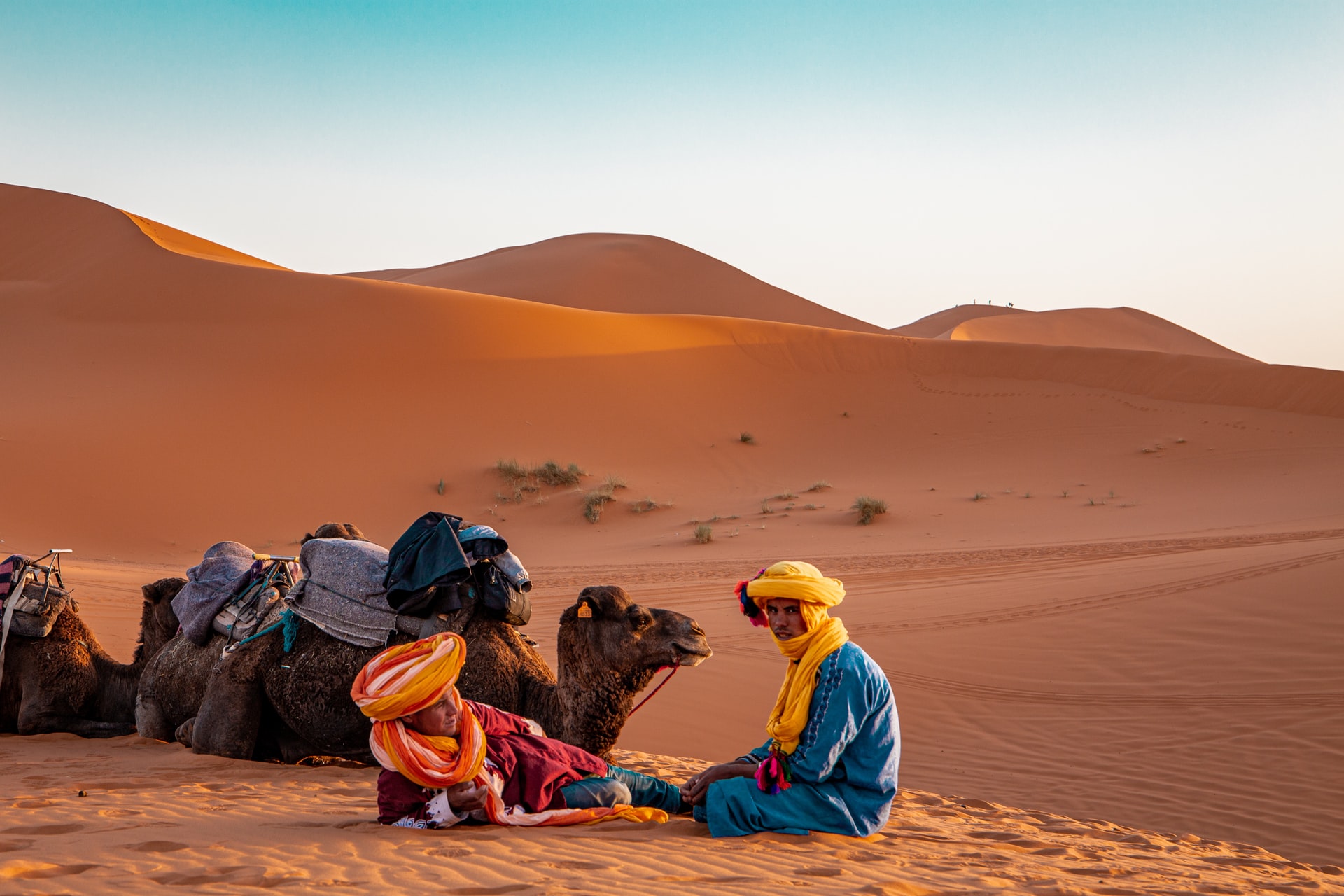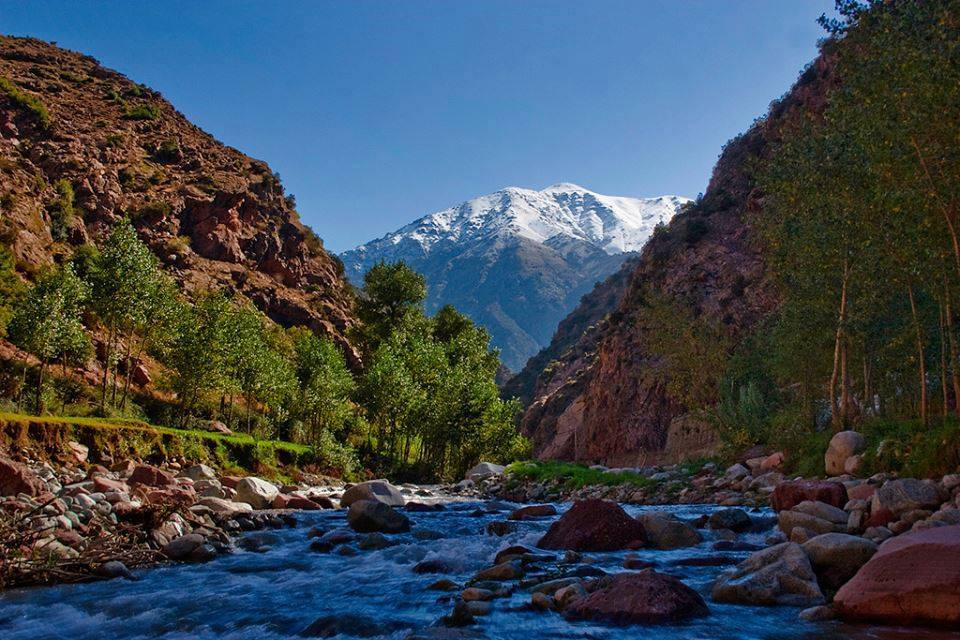Marrakech
Ourika Valley and atlas mountains relaxing Marrakech Day Trip
Ourika valley day trip is the closest day trip destination from Marrakech, due to its many waterfalls and wondeful nature, it is a very popular attraction, the Ourika Valley is located beneath the High Atlas Mountain , Deep within the valley , up in the mountain you will find a rushing waterfall.
The region is inhabited mostly by Berber people or Amazigh as they are originallt called, where they practice a traditional way of life, despite its proximity to Marrakech, it is still considered relatively "unspoiled".
There are alot of ways to get there , either individualy or by choosing a tour from marrakech with a local guide who will accompany you during the whole tour, here we got listed for you some excursions that you can choose from.
On your trip to Ourika , make sure to visit these 3 places :
Tnine
⇒ Beyond the turn-off for Aghmat and 33km from Marrakesh along Rte d’Ourika is the town of Tnine (aka Tnin l’Ourika), a worthwhile detour for a visit to its lush saffron and botanical gardens. Tnine is also home to one of the Ourika Valley's finest cultural museums, a good starting point for delving into its Berber heritage.
You may run into donkey traffic here when the Monday souq takes place.
Setti Fatma
⇒ Setti Fatma is a very touristic stop for lunch by the river and for hikes to seven waterfalls. The village is nestled under the foor of the High Atlas mountains located at the at end of Ourika Valley road.
Best time to visit is around early March when the cherry and almond trees are in bloom, or in August for the four-day moussem, with its fair and market at the koubba of Setti Fatma, during the summer, the place is clogged with visitors from Marrakesh, so consider heading, instead, to the splendidly untrammelled neighbouring valleys of Zat and Ouirgane.
Aghmat
⇒ Aghmat (aka Rhmat, Ghmat or Jemaa Rhmat) is a small old town 31km far from Marrakesh, and also a missing a key turning point in Moroccan history, this town more known as an Idrissid dynastic capital from the period of AD 828 to 1058, and which was was considered an important stop for the camel caravans from sub-Saharan Africa through Sijilmassa.
